There is so much to learn about beneficial insects. Many individuals get excited to plant native milkweeds to benefit Monarchs, then panic when Milkweed Bugs and Milkweed Beetles appear that also need Milkweed. Here is a great opportunity to add to your understanding and education — learn about beneficial insects drawn to our wildlife gardens and in need of our help.
Jersey-Friendly Yards has a terrific Line up of speakers and topics as part of their 2021 Webinar Series: “What’s Bugging Your Jersey-Friendly Yard?” Bug experts will teach how to recognize beneficials versus pests, show how to manage pests safely using non-toxic methods, introduce attendees to the buggy relationship between plants and insects, and teach how to build a buggy web of life in your yard using native plants. I am honored to be one of the speakers along with Heather Holm, Kelly Gill, Dr. Dan Duran, and others.
The 2021 Webinars will be free and provided via WebEx Events. They will be held on the second Tuesday of the month from January to June at 7:00 pm. The first one is coming up on January 12, 2020. The live sessions will be an hour long with time for questions. To join the webinars, you will need either a computer, tablet, or smartphone with speakers. You must register to attend these webinars. After each webinar and with presenter permission, Jersey-Friendly Yards will add a link to a video recording of the webinar on their “What’s Bugging Your Jersey-Friendly Yard?” website.
For full details and to register go to the Jersey-Friendly Yards 2021 Webinar Series: “What’s Bugging Your Jersey-Friendly Yard?” Website HERE
(While you are on the Jersey-Friendly Yards Website, be sure to explore all the wonderful resources to help you create a healthy, native, wildlife-friendly landscape)
Here are the 2021 Webinar dates, topics, and presenters:
January 12, 2021 — Getting to Know the Good Guys: Beneficial Insects in the Landscape — Not all bugs are bad, so let’s meet the beneficial insects in your backyard. Predators, parasites, and pollinators—learn about how to recognize these good guys, their biology, and how to keep them happy in your yard. Presenter: Sabrina Tirpak, Principal Laboratory Technician, Rutgers University Plant Diagnostic Laboratory.
February 9, 2021 — Myth Busters: The Truth About What’s Bugging You — Insects are the most diverse group of animals on Earth. With over 1 million described species, insects account for about 75% of all animal species. Insect diversity is essential in maintaining functional ecosystems, productive natural areas and working lands, and overall biodiversity. However, human perceptions of insects are often negative resulting in insects being misunderstood, underappreciated, and in some cases, unnecessarily feared. This session will cover a variety of “insect myths vs. truths” with the goal of reversing common misconceptions. Presenter: Kelly Gill, Senior Pollinator Conservation Specialist, The Xerces Society for Invertebrate Conservation; Partner Biologist, USDA Natural Resources Conservation Service, Mid-Atlantic / Northeast Region.
March 9, 2021 — Cultivating Respect for Insects: An Overview of the Ecosystem Services That Insects Provide — Simply put: all life on earth depends on insects, for more reasons than most people realize. This talk will explore some of the immeasurably important ways that insects keep ecosystems functioning, including nutrient recycling, pollination services, and trophic interactions. It will also cover ways in which we can conserve much-needed insect diversity in our own yards. Presenter: Dr. Dan Duran, Assistant Professor, Rowan University Department of Environmental Science.
April 13, 2021 — What Lurks Above and Below: Spotted Lanternfly and Crazy Worms — The invasion has begun! Two non-native species: spotted lanternfly and Asian crazy-worms have already made it into New Jersey’s agriculture, yards, gardens, and forests. Learn the tools to how you can fight back, including their identification, biology, impacts, research, and control measures. The talk will also include how non-native pests have a serious negative impact on ecosystems and their health. Presenter: Paul Kurtz, Entomologist, NJ Department of Agriculture
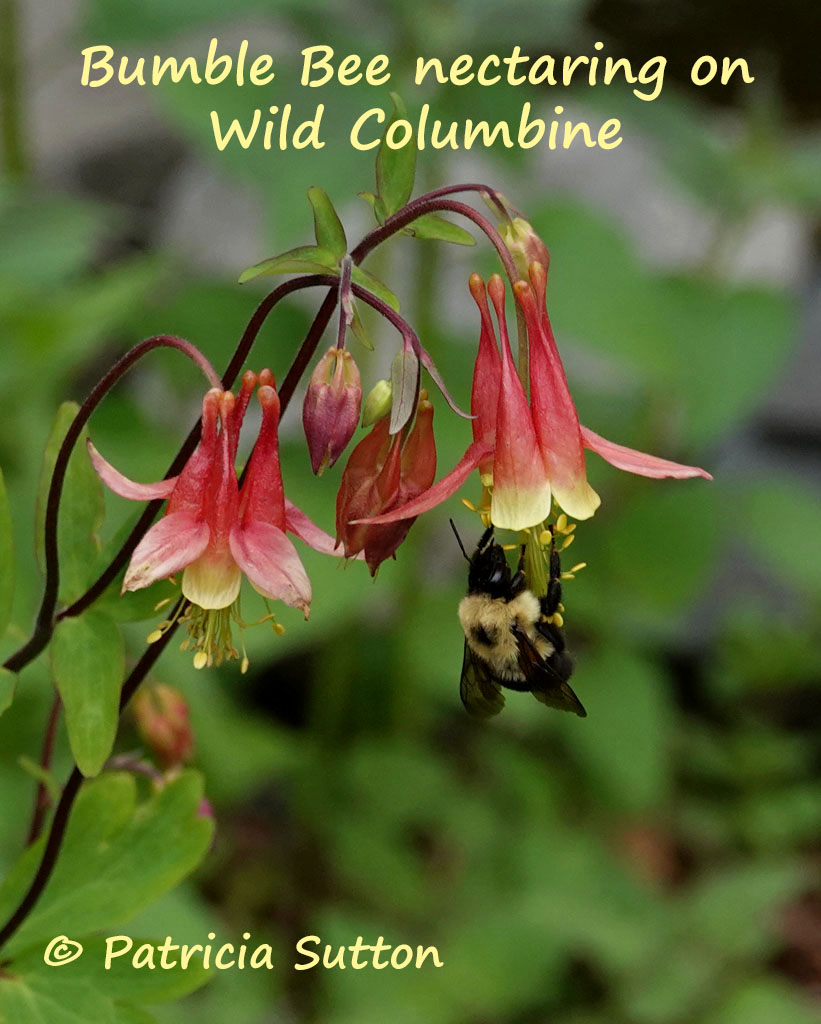 May 11, 2021 — Attracting Bees and Beneficial Insects with Native Plants — Most insects have a positive impact in our landscapes. Native plants can be selected to attract specific bees and beneficial insects including predatory and parasitic wasps, beetles, flies, true bugs, and lacewings. Learn about the predator-prey relationships of these flower-visiting beneficial insects and how they help keep problem insect populations in balance. The life cycles, diversity, and nesting habitat of native bees will also be discussed along with examples of native plants for different site conditions. Presenter: Heather Holms, Author of the books Native Plants for Pollinators and Bees: An Identification and Native Plant Forage Guide.
May 11, 2021 — Attracting Bees and Beneficial Insects with Native Plants — Most insects have a positive impact in our landscapes. Native plants can be selected to attract specific bees and beneficial insects including predatory and parasitic wasps, beetles, flies, true bugs, and lacewings. Learn about the predator-prey relationships of these flower-visiting beneficial insects and how they help keep problem insect populations in balance. The life cycles, diversity, and nesting habitat of native bees will also be discussed along with examples of native plants for different site conditions. Presenter: Heather Holms, Author of the books Native Plants for Pollinators and Bees: An Identification and Native Plant Forage Guide.
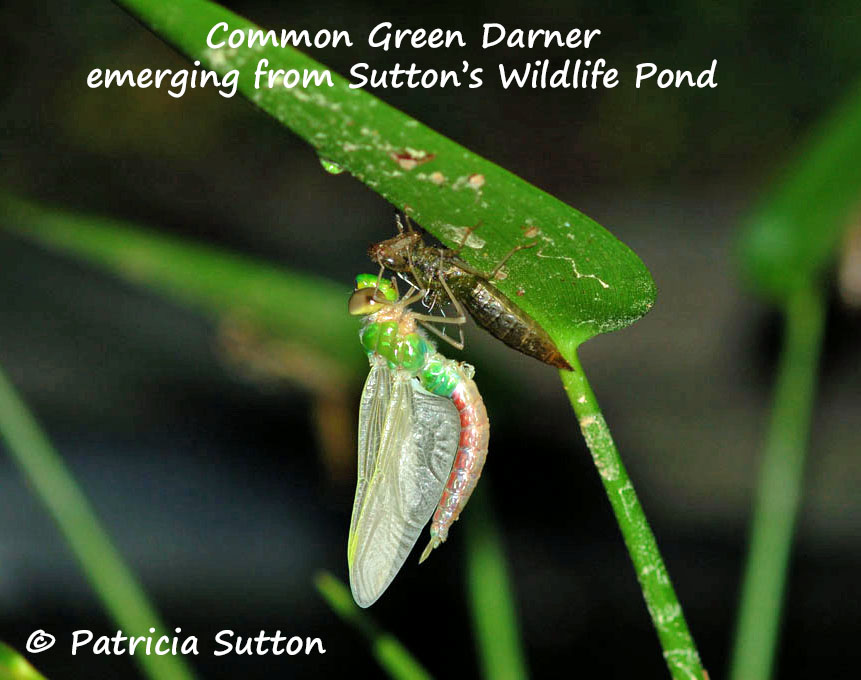 June 8, 2021 — Ferocious Dragons and Dainty Damsels — This primer to the winged jewels known as dragonflies and damselflies will cover the most common species, their natural history (life cycle, seasonality, what they prey on, and who preys on them), and how to identify one from another. Sutton, a long-time successful wildlife gardener, will share how to lure these ferocious mosquito predators into your own yard by creating a no-fuss wildlife pond. Presenter: Pat Sutton, Educator, Naturalist, Author
June 8, 2021 — Ferocious Dragons and Dainty Damsels — This primer to the winged jewels known as dragonflies and damselflies will cover the most common species, their natural history (life cycle, seasonality, what they prey on, and who preys on them), and how to identify one from another. Sutton, a long-time successful wildlife gardener, will share how to lure these ferocious mosquito predators into your own yard by creating a no-fuss wildlife pond. Presenter: Pat Sutton, Educator, Naturalist, Author
I know I’ll be virtually attending every single Webinar. “See” you there?
Happy Wildlife Gardening,
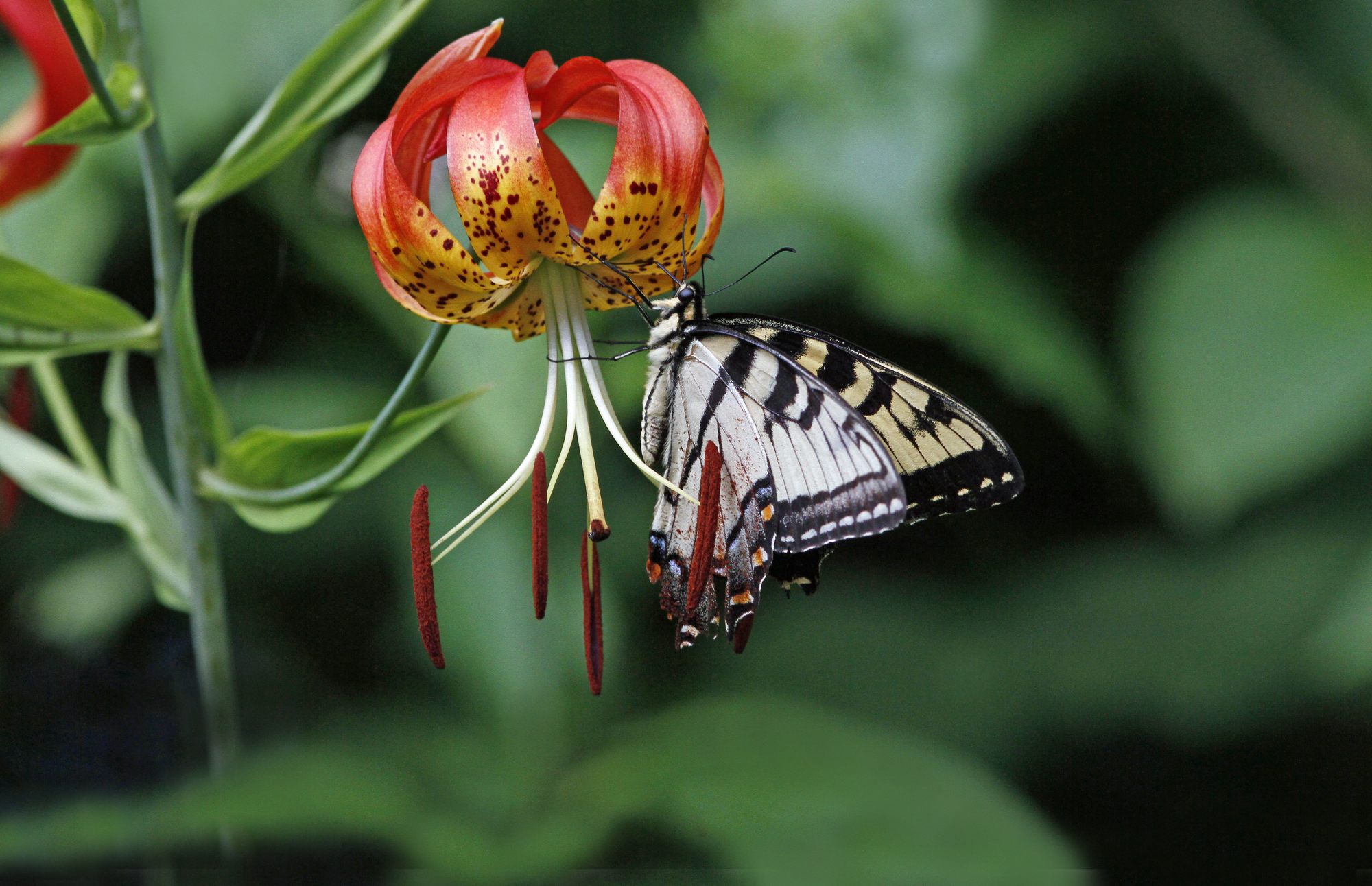
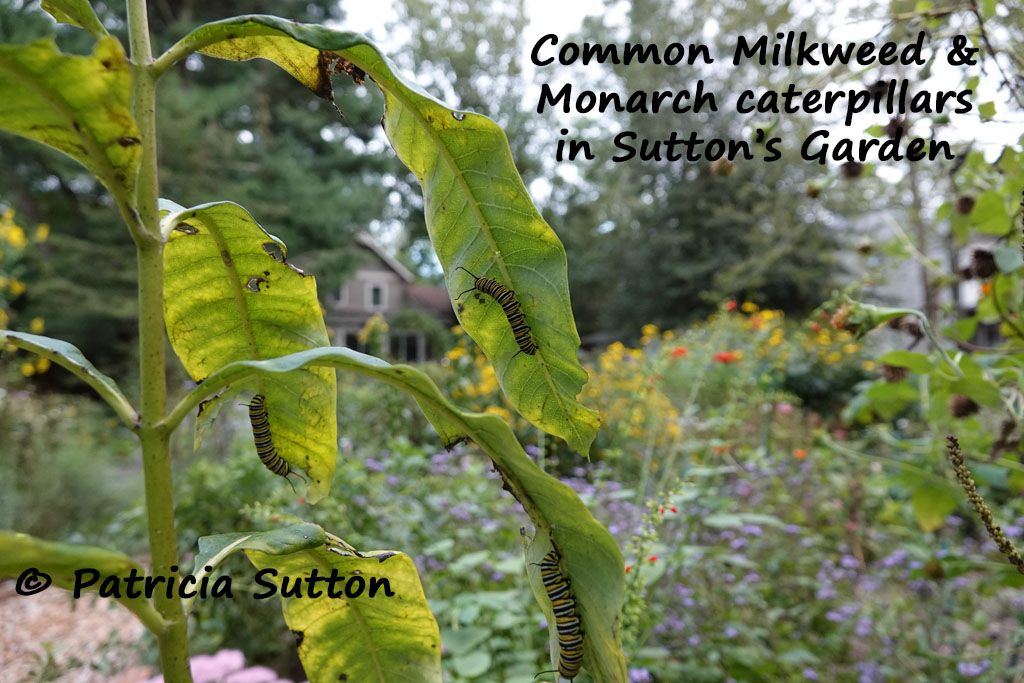
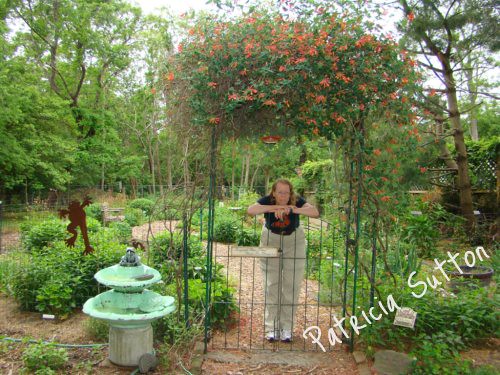 Hi Gang, Amidst all this wintery weather it’s been fun to think of spring and our gardens. I’ve shared below some great opportunities and some of the programs I’ll be giving / teaching / leading in the coming months. NOT to be missed! Mark your calendars and don’t miss these terrific opportunities.
Hi Gang, Amidst all this wintery weather it’s been fun to think of spring and our gardens. I’ve shared below some great opportunities and some of the programs I’ll be giving / teaching / leading in the coming months. NOT to be missed! Mark your calendars and don’t miss these terrific opportunities.